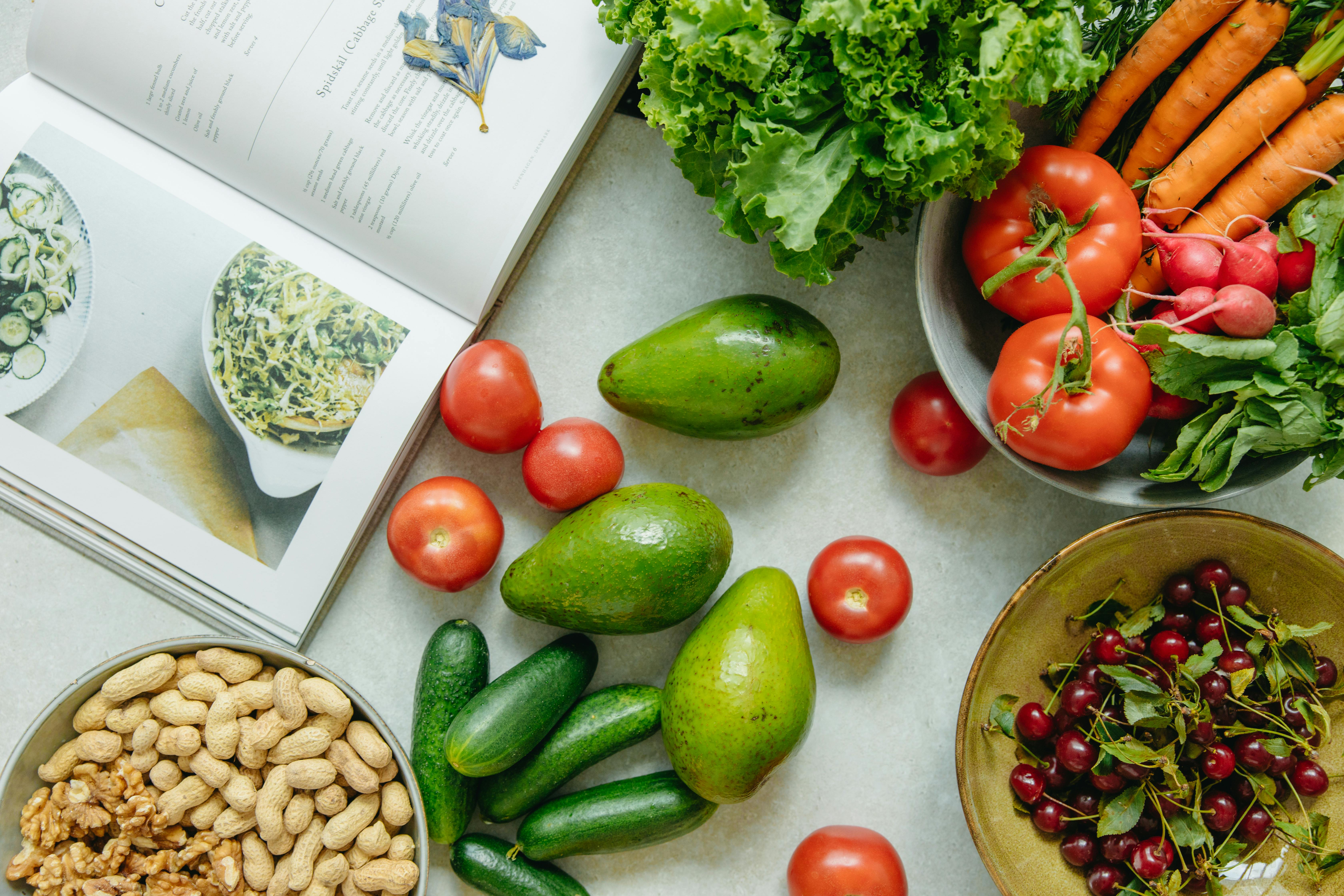Smart Ways to Make Crystals for Modern Home Decor in 2025
Creating crystals at home is not only a fun science experiment but also an artistic way to enhance your modern home decor. With the growing interest in DIY projects, learning how to make crystals has become increasingly popular. Crystals add a touch of elegance and can serve various purposes, from decorative pieces to mood enhancers in your home. This article will guide you through different methods for making crystals, focusing on simple recipes, essential materials, and techniques for success. Whether you're a novice or have some experience, the knowledge contained here will help you create stunning crystal formations for your living space.
By incorporating common household materials like sugar, salt, and borax, you can easily embark on your crystal-growing journey. You'll also learn about safety measures, the best practices for cultivating crystal structures, and troubleshooting common issues you might encounter along the way. Get ready to decorate your space with beautiful homemade crystals!
Key takeaways from this article include:
- Understanding different types of crystals and their properties.
- Step-by-step methods to create crystals using sugar and salt.
- Creative ways to display your unique crystal designs.
Understanding Crystal Structures for Your Home Projects
Before diving into crystal creation, it helps to understand the basics of crystal structures. Crystals are solid materials whose constituents, such as atoms or molecules, are arranged in an orderly repeating pattern. This arrangement gives rise to various geometric shapes and properties. The science behind crystals can be related to fields like chemistry, geology, and even physics, revealing their complex behaviors and appearances in nature.
Common types of crystals include salt crystals, sugar crystals, and borax crystals, each with unique characteristics. Salt crystals typically form cubic shapes, while sugar crystals can appear as elongated prisms. Understanding how these materials crystallize and how their structures interact with light can enhance the aesthetic of your DIY projects. This knowledge lays the groundwork for successful crystal growth at home.
Learning about crystallography, including how to control temperature and saturation levels, is critical in determining the success of your crystal projects. When creating crystals, you must consider the solutions you use and their concentrations, as well as environmental factors like humidity and temperature. Notably, temperature plays a vital role; crystals grow better in stable conditions.
Different Types of Crystals and Their Properties
When embarking on your DIY crystal journey, choosing the right material is essential. Here are some popular types of crystals you can create:
- Salt Crystals: Easy to make and perfect for beginners, salt crystals can be grown in various solutions. Their cubic structure adds elegance.
- Sugar Crystals (Rock Candy): A sweeter option, sugar crystals are deliciously enjoyable to make and taste good, too!
- Borax Crystals: These crystals are known for their clarity and sparkle, making them great for artistic displays.
The choice of crystal type can influence your decor style and personal preference. For instance, sugar crystals can serve as edible decorations, while salt crystals may be more suitable for traditional decor.
DIY Techniques for Growing Crystals at Home
There are various methods to learn how to make crystals at home, and some techniques yield quicker results than others. The following sections outline effective techniques that are easy for beginners and fun for more experienced crafters.
Using Sugar to Create Beautiful Crystals
One of the most popular methods for homemade crystal projects involves using sugar. To create sugar crystals, you'll need the following:
- Granulated sugar
- Water
- A pot for boiling
- A stick or string
Start by boiling water and gradually adding sugar until it saturates and cannot dissolve any longer. Place your stick or string in the solution, making sure it doesn't touch the bottom. As the water evaporates, beautiful sugar crystals will start to form around your stick or string.
For great visual effects, consider using colored sugar or food coloring during the preparation. This adds an artistic twist to your homemade crystal creation!
Growing Crystals from Salt: A Simple Recipe
Creating salt crystals is another straightforward method for DIY projects. Start with a salt solution, made by dissolving salt in boiling water and allowing it to cool slightly. Following the same principle as sugar, suspend a piece of string or a stick in your solution. As the water evaporates, you will observe salt crystals forming.
Using different types of salts, such as Himalayan or Epsom salt, can yield diverse crystal shapes and sizes. Try experimenting with saturation levels for a unique artistic result!
Exploring Borax Crystals: A Clear Solution
Borax crystals are known for their remarkable clarity, and creating them is simple:
- Borax powder
- Boiling water
- A container for crystallization
- A stick or string for seed crystals
Dissolve the borax in boiling water until no more borax can dissolve, then suspend your seed crystal in the solution. As the water cools, large borax crystals will form around your seed crystal, adding elegance to your decor.
Observe the differences in growth patterns and structures with borax compared to sugar and salt crystals, which can serve as great conversation starters in your home.
Creative Displays for Your Crystals
Once you've successfully grown your crystals, the next step is to think creatively about how to display them in your home decor. The presentation can significantly elevate the aesthetic appeal of your handmade crystals.
Using Unique Containers for Artful Displays
Choose interesting jars, vases, or glass containers to showcase your crystals. Clear glass allows light to play with the crystals, enhancing their natural beauty. You can also experiment with lighting by placing them on windowsills or under strategic spotlights.
Incorporating Crystals into Home Decor Themes
With a little creativity, crystals can fit various home decor themes. For instance, combine them with earthy materials in a bohemian style or create a minimalist display in a modern environment. Consider pairings that enhance the colors and styles of your decor while providing an artistic touch.
Crystal Arrangements for Visual Impact
Arranging crystals in various sizes and orientations can boost their visual impact. Don’t shy away from layering different types of crystals to create exciting visual contrasts. Grouping smaller pieces together can draw attention and make your crystal arrangement stand out.
Safety Measures for Crystal Making
When making crystals, especially using chemical substances like borax, implementing safety measures is essential. Always work in a well-ventilated area, wear gloves, and avoid contact with skin and eyes. Read labels for any health risks associated with the materials you are using.
Moreover, having adult supervision is advisable when children engage in these crystal projects. Ensuring that you prioritize safety allows everyone to enjoy the fun of crystal-making adventures safely.
Science Experiments with Crystals: Engaging Kids
Crystal-making isn’t just an artistic endeavor; it can also be a valuable science experiment for kids. Understanding crystallization introduces children to scientific processes and encourages curiosity.
Kid-Friendly Crystal Growing Projects
Keep the project engaging by conducting simple experiments with different variables. For instance, try varying the temperature around crystallization solutions or experiment with the rate of evaporation.
Kids can also keep a journal to record their observations, noting differences in growth rates, shapes, and structures. This approach merges art with science, fostering creativity and learning.
Tips for Successful Crystal Growth Experiments
Enabling successful crystal growth requires attention to several key factors. Firstly, ensure your solutions are properly saturated. Secondly, controlling temperature is vital – too hot or too cold can impact growth rates negatively. Observing environmental conditions can significantly influence the outcome of your crystal-making experience.
Conclusion: Embrace Your Inner Crystal Enthusiast
Creating crystals at home is not just about crafting beautiful decor; it's an immersive experience that blends science and art. With various methods to choose from, including sugar, salt, and borax, anyone can embark on crystal-making successfully. Along the way, you'll learn the principles of crystallization and the unique properties of different crystals.
Ultimately, homemade crystals add flair to your living space while engaging children with science experiments. By following safety measures and employing creative display techniques, you can transform these delicate structures into stunning decorations. So gather your materials, spark your creativity, and enjoy the captivating world of crystals!

 ```
``` 